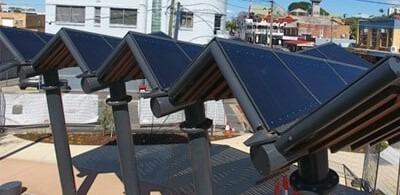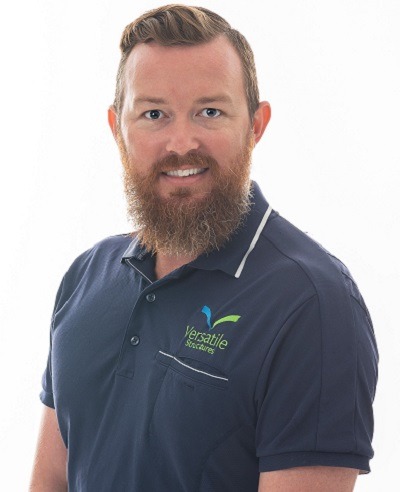YOU ARE HERE:

An Overview of Insulated Polycarbonate Roof Panels
Jamie Howard In Polycarbonate Roofing
Polycarbonate products are in a continuous process of development, not all companies are adept to the unique design challenges that customisation and installation present. Versatile Structures is among the most experienced when it comes to designing and installing insulated panel roofing. Here’s what you need to know about this substrate.
About polycarbonate
Insulated polycarbonate roof panels being light in weight, shatterproof, with the ability to withstand extreme temperature, make it an innovative solution for applications that require impact resistance, longevity, minimal maintenance, and reliable performance. Versatile Structures carefully selects its polycarbonate roofing suppliers to ensure excellent load-carrying properties and a wide selection of designs and colours, that deliver the best result when customising the product to your aesthetic requirements and application.
More reasons to choose polycarbonate
A high-quality insulated panel roofing offers superior insulation properties that dampen sound. For optimum performance, it must be produced and installed by a seasoned company like Versatile Structures. That way, you can expect the roof to last over 15 years.
Where to use insulated polycarbonate panels
Polycarbonate has high light transmission, UV-resistant, and waterproof qualities. Versatile Structures can customise them for the following applications:
- Commercial roofing, cladding, and skylights
- Agricultural structures like greenhouses and plant nurseries or shops
- Resorts and hotels
- Seaside buildings and structures
- Retail, dining, and cafes
- Domestic applications like patio roofing, carports, windbreak decks, pool covers, and conservatories
Special features
Versatile Structures offers insulated polycarbonate roof panels for special applications.
- FDA-approved plastics – Certified glazing and plastic material for sensitive applications, with high impact strength and extreme heat resistance
- Flame retardant or fire-rated polycarbonate – Stronger than plexiglass and glass and suppresses flames in case of fire
- Antistatic polycarbonate – With a metal and plastic mixture coating to prevent static electricity generation
- Bullet-resistant polycarbonate – Protects against forced entry and won’t shatter upon impact. A more cost-effective alternative to bullet-proof glass
- Abrasion-resistant polycarbonate – With coating technology that reduces liability risk and maintenance, making it suitable for hospitals, bus shelters, and schools.
Disadvantages of polycarbonate
The main disadvantage of polycarbonate is that it is not scratch resistant. For example, should a branch happen to fall on a canopy made of polycarbonate, it could get scratched. However, this problem can be solved by polishing the polycarbonate or using abrasion resistant polycarbonate.
Walking on Polycarbonate roofing
Can you walk on polycarbonate roofing? No, polycarbonate roof sheets are not designed to support the weight of a person and so you should avoid walking on them. If you do need to access the roof sheets, it is recommended to use crawl boards between the rafters or step ladders as a safe means of doing so.
Polycarbonate roofing sheet colour
There are three standard colours of polycarbonate roofing namely, clear, opal or bronze. There are however dual colour sheets in Bronze-Opal and HeatGuard. Opal multi-wall polycarbonate is a great all-rounder as this colour allows diffused softer light through and helps to reduce heat build-up and hot spots.
Is it hot under a polycarbonate roof?
While polycarbonate is a very cost-effective material it does not block heat, which means that on hot days conservatories tend to retain heat, consequently making an enclosed room hot and uncomfortable to stay in. This said, Dual-tinted polycarbonate, with HeatGuard outside to provide UV protection with heat block, and Opal inside provides an attractive white finish with soft light quality. HeatGuard /Opal allows light in but deflects solar radiation to reduce heat build-up by as much as 50% compared to clear polycarbonate.
Share:
Jamie Howard - Director
Co-founder and Director Jamie has been hands-on in the shade and steel industry since leaving school. With over 15 years’ experience in shade, membrane and steel projects, Jamie is excited about the design opportunities shade structures offer in the commercial and industrial sectors. Jamie’s extensive design skills give him a competitive edge in situations with technical design complexity. He has won two personal industry awards for his designs, alongside many company-won awards.

